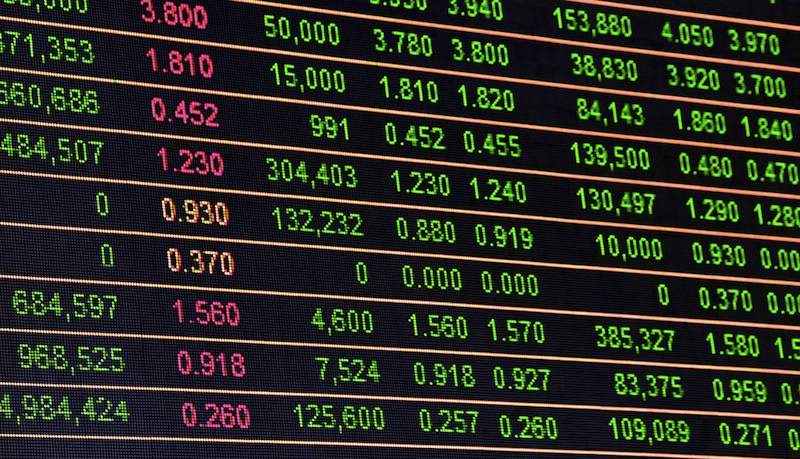The 4 Variables That Determine Asset Prices


When you buy an asset such as a stock, you’re putting up a lump sum payment in exchange for an expected income stream over time.
These future payments you’ll receive are determined by four main things.
The Big Four
- inflation
- growth (the sum of the growth in productivity plus the labor force)
- risk premiums, and
- discount rates
The sum of inflation and growth determines nominal growth, which is the total spending in an economy.
The risk premium is the extra return that investors require over cash or a “safe” asset in order to make the decision to invest.
For example, an investor might want an extra five percent return per year in order to justify putting money into stocks instead of keeping it in cash.
Discounts rates determine what asset prices are worth today, used to discount cash flows back to their “present value” – the sum of which determines their current price.
If you know how these change, you can determine their direction
How these four factors change determines how their prices and forward returns change.
If you know what each of these determinants is going to do, you will be able to predict what the investment assets will do.
For example, if real growth increases relative to expectations, holding all else equal, then you could expect stock prices to go up.
However, if risk premiums increase and/or discount rates increase, then asset prices will fall, again holding everything the same.
For example, nominal growth or inflation rising could be beneficial for equities, but discount rates increase in kind, then it won’t make a difference.
Viewing things through the lens of these four factors can help you connect what’s going on in the world to how markets shift in light of them.
The converse is also true, as the markets impact the real economy, given financial markets feed money and credit into the real economy, causing the real economy to follow the financial economy with a lag.
And different assets have different environmental biases. As such, if you can balance your assets in a way to avoid bias in any environment, this is what will produce quality diversification, decreasing your risk and without having to reduce your returns.
Governments’ influence on financial markets
Governments influence these factors through two main levers: monetary policy and fiscal policy.
The big driver of the cycles comes in the form of governments trying to direct what they want to happen versus what’s actually happening.
Monetary policy is primarily the setting of short-term interest rates by a central bank, like the Federal Reserve in the United States.
This rate impacts asset prices by influencing how investors demand for funds and how much banks are willing to lend. When it comes to stocks, for example, if money is “tight” (high interest rates), then this increase discount rates and sometimes risk premiums.
In this case, there is often a surplus of sellers in stocks to get cash, driving prices down.
Conversely, if money is “loose” (low interest rates), people will be more willing to buy stocks, driving prices up.
Fiscal policy is government spending and taxation.
Taxes pull money out of the economy while spending injects money into it.
Generally speaking, when taxes are raised or spending is decreased, you get less economic activity, fewer jobs, and a general slowdown in the economy.
Conversely, when taxes are lowered or spending is increased, then you get more economic activity, more jobs, and a general pick-up in the economy – at least in the short-term.
Over the long-term, lower tax take can increase deficits (or reduce surpluses) and necessitate the selling of more bonds to fund deficits, which can lead to a rise in interest rates.
If money is “printed” to buy these bonds and effectively monetize the deficits, this will hold down interest rates, but can cause issues like asset bubbles, inflation, and currency devaluation.
Conclusion
The four factors that determine asset prices include: growth, inflation, discount rates, and risk premiums.
If you’re looking to buy an asset, it’s important to understand how these four factors will affect the price you end up paying.
For example, if interest rates are low, discount rates are low, and if those go up by more than what’s discounted, that can lead to adverse price movements.
It’s also important to keep an eye on these four things if you’re holding assets, as they can move in and out of favor and cause prices to go up or down.
Understanding the impact of inflation, growth, risk premiums, and discount rates is essential for anyone looking to invest in or manage assets.
These four factors are primarily determined by: monetary policy, fiscal policy, and what happens in the real world to influence these variables.
Governments use these policy levers to try and direct the economy, which has an impact on asset prices.
Different assets have different environmental biases that can be balanced to produce quality diversification.
Knowing how these four factors interact is key to understanding asset price movements.